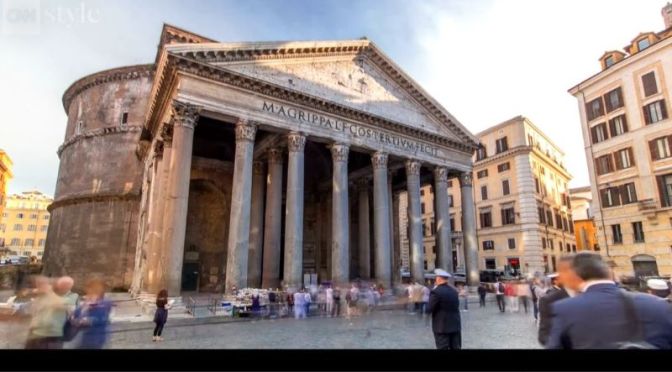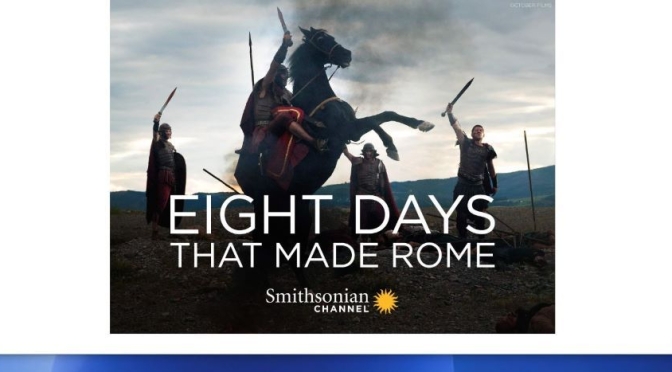CBS Sunday Morning (March 12, 2023) – Nearly 2,000 years ago, the erupting Mt. Vesuvius covered the bustling Roman metropolis of Pompeii in volcanic ash. Archaeologists are still uncovering buried portions of the city, piecing together a tantalizing puzzle about life before the disaster.
Pompeii is a vast archaeological site in southern Italy’s Campania region, near the coast of the Bay of Naples. Once a thriving and sophisticated Roman city, Pompeii was buried under meters of ash and pumice after the catastrophic eruption of Mount Vesuvius in 79 A.D. The preserved site features excavated ruins of streets and houses that visitors can freely explore..










